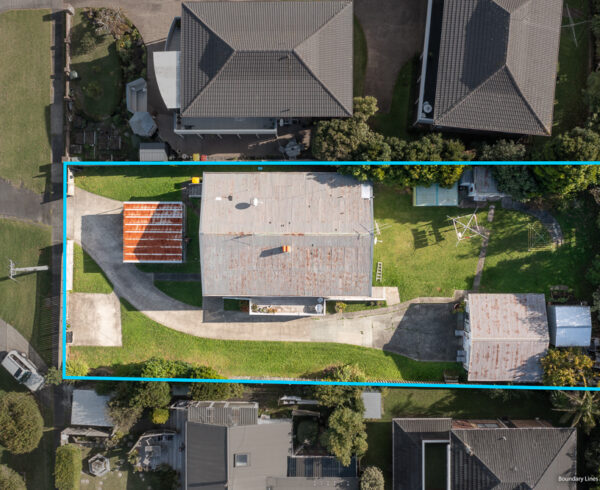Buying a piece of bare land is an exciting prospect, but hidden costs and issues could turn your slice of paradise into a headache. Check out our tips on what to look for when shopping for a section.
Take an expert
If a builder or architect is drawing up plans for you, take them along to view the section you are thinking about buying. While you might be considering day-to-day things such as the views, local amenities and neighbours, they can advise on the orientation of the site and whether it’s suitable for the type of building you are planning.
Consider the costs
A beautiful elevated property with stellar views may have captured your heart, but the cost of earthworks such as excavation and retaining walls on sections that are not mostly flat could be considerably more than you expect. There may also be extra costs for any section to connect with the local sewage lines, or hook up to the power, telephone and internet lines, so get a clear idea of what these might be before you buy.
Check the reports
Just like buying a house, it’s crucial to check a section’s certificate of title and LIM report for anything that might impact on the property, such as restrictive covenants on the type of house you can build and where, the materials you can use, erosion or flood risk, and the history of the section. A lawyer can help you make sure everything is in order before you sign on the dotted line.
Understand the plans
Whether you are considering a bare section in an existing development or out in the middle of nowhere, you need to know about future plans that might impact on your property. Contact your local council to find out about roads, reserves, subdivision plans or other development that might occur nearby, and make sure you understand how they might affect your property’s value and liveability.
Spend some time
It may seem like a peaceful spot in the middle of the day when you first visit, but make sure you check out the site at various times of day and in different weather to familiarise yourself with it. Is the traffic louder at peak hours of the day? Is it exposed to wind from a certain direction? Are there damp or swampy patches after heavy rain that might signal drainage issues? It’s important to find out as much as you can before buying to avoid hidden surprises interrupting your plans later on.







Recent Comments